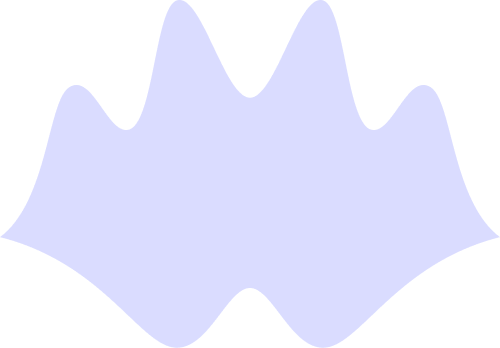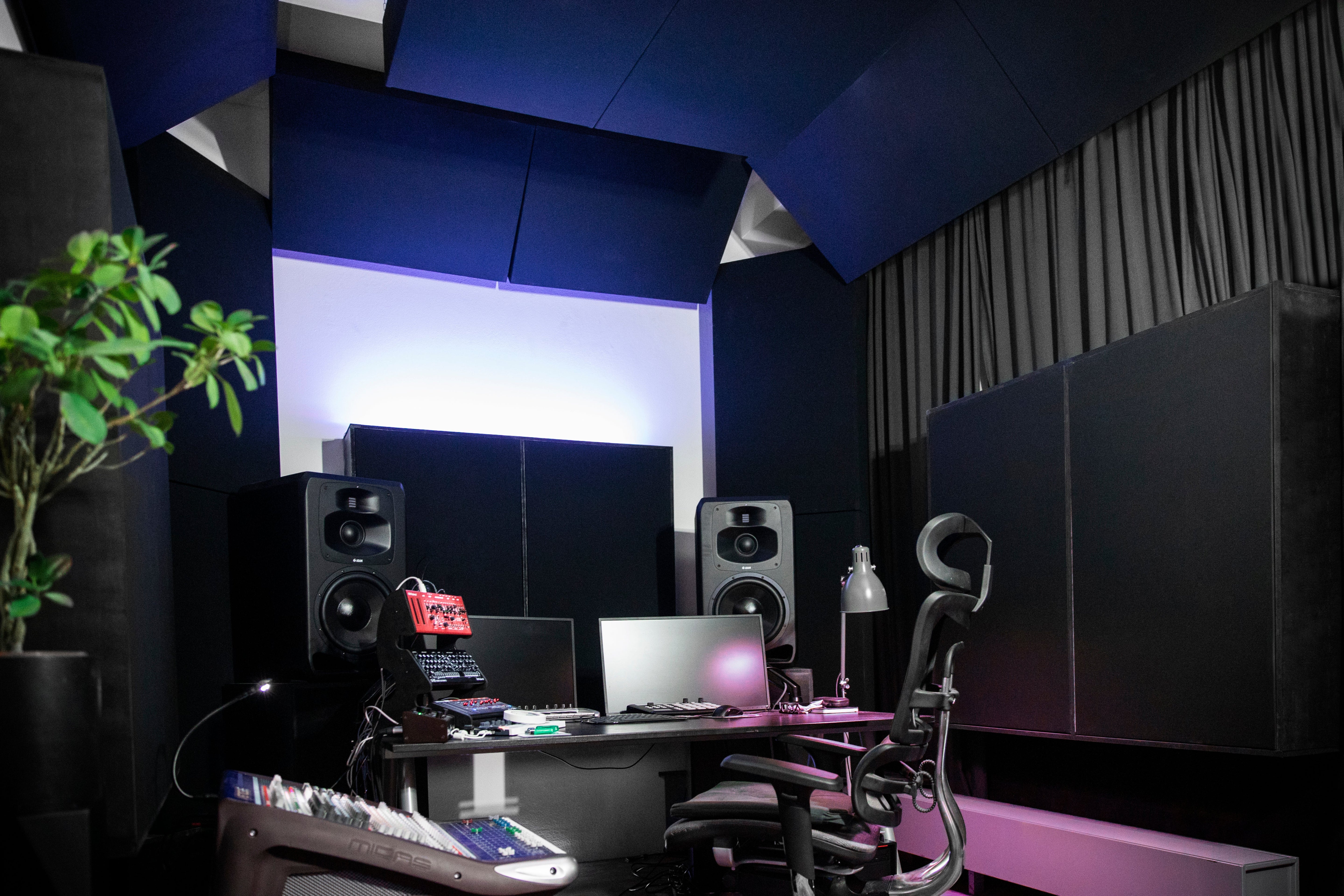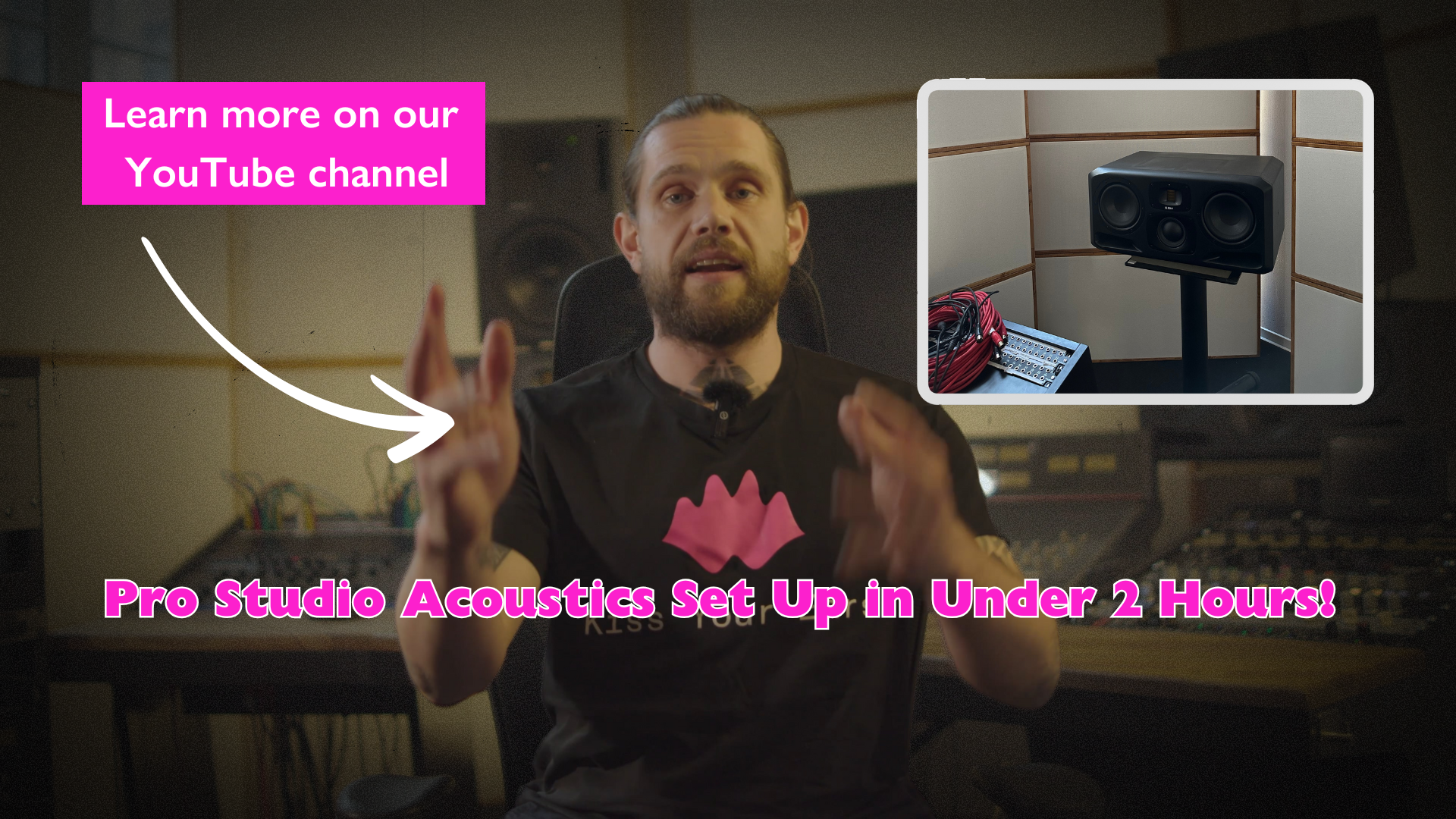Short Answer: No — and here’s why.
There’s a long-standing myth in acoustics:
If you build your studio with slanted walls, you’ll eliminate room modes.
Let’s be clear — that’s not how sound works.
Yes, non-parallel walls can influence the acoustic behavior of a space. But they don’t make modes disappear. They just shift the pressure zones around — and in doing so, make everything harder to predict, model, and treat.
What Actually Happens When You Slant Your Walls
When you alter the geometry of a room, you change the way low-frequency pressure zones behave. You’re no longer dealing with simple rectangular standing waves — you’re now in the realm of irregular geometry, where calculations become a nightmare.
To accurately model modal behavior in a non-rectangular room, you’d need to use advanced wave simulation tools like FEM (Finite Element Method) or BEM (Boundary Element Method). These are high-level engineering tools used in everything from loudspeaker design to fluid dynamics.
Most studio builders and audio engineers don’t have access to these tools — and wouldn’t know how to interpret them if they did. So you're building a geometry you can’t predict and hoping for the best.
That’s not design. That’s gambling.

Why High-End Studios Use Non-Parallel Surfaces
You’ve probably seen them — big-budget rooms with angled walls, ceilings, or soffits.
Here’s the truth:
-
They’re built with specialist input from architectural acousticians.
-
They still treat the room extensively — they don’t rely on geometry alone.
-
The goal is often to redirect reflections, not to eliminate modes.
In some cases, angled walls are used to create a reflection-free zone around the mix position — not to solve low-end problems. Low-frequency issues are still handled with bass trapping, pressure-based absorbers, and careful measurement.
What About Flush Mounting?
Flush mounting (embedding speakers into the front wall) isn’t the same as slanted walls.
It’s a technique to reduce speaker-boundary interference, improve low-end clarity, and eliminate front-wall reflections. It’s also about decoupling, not diffusion.
It’s valid and powerful — but it’s a different tool for a different job.

The Real Problem: Space
Slanting walls eats up valuable space. And if your room is under 30 square meters, this can actually worsen your modal response by reducing the room volume and creating an even more uneven distribution of modes.
You’re making your job harder while also giving up treatment space.

So What Should You Do Instead?
Treat your room as it is. Use modular, proven bass trapping systems like the Kiss Your Ears Essentials Range Bass Trap.
Kiss Your Ears Essentials Range Bass Trap.
If your room has ultra-low modal issues (e.g. 30 Hz), add pressure traps.
Job done — no geometry games required.
Recap
-
Non-parallel walls don’t eliminate room modes — they just move them.
-
Modelling irregular rooms requires advanced software and skills.
-
You’ll still need to treat your room, regardless of its shape.
-
Angled walls can hurt small rooms more than help.
-
Today’s trap technology makes geometry tricks obsolete.
Final Word
Building non-parallel walls is like tuning your car by hammering the chassis with your eyes closed.
It’s not precision — it’s distortion.
Use precision tools. Use proven systems.
Get repeatable results.
If you want help designing a room that actually works — reach out.










Leave a comment
All comments are moderated before being published.
This site is protected by hCaptcha and the hCaptcha Privacy Policy and Terms of Service apply.